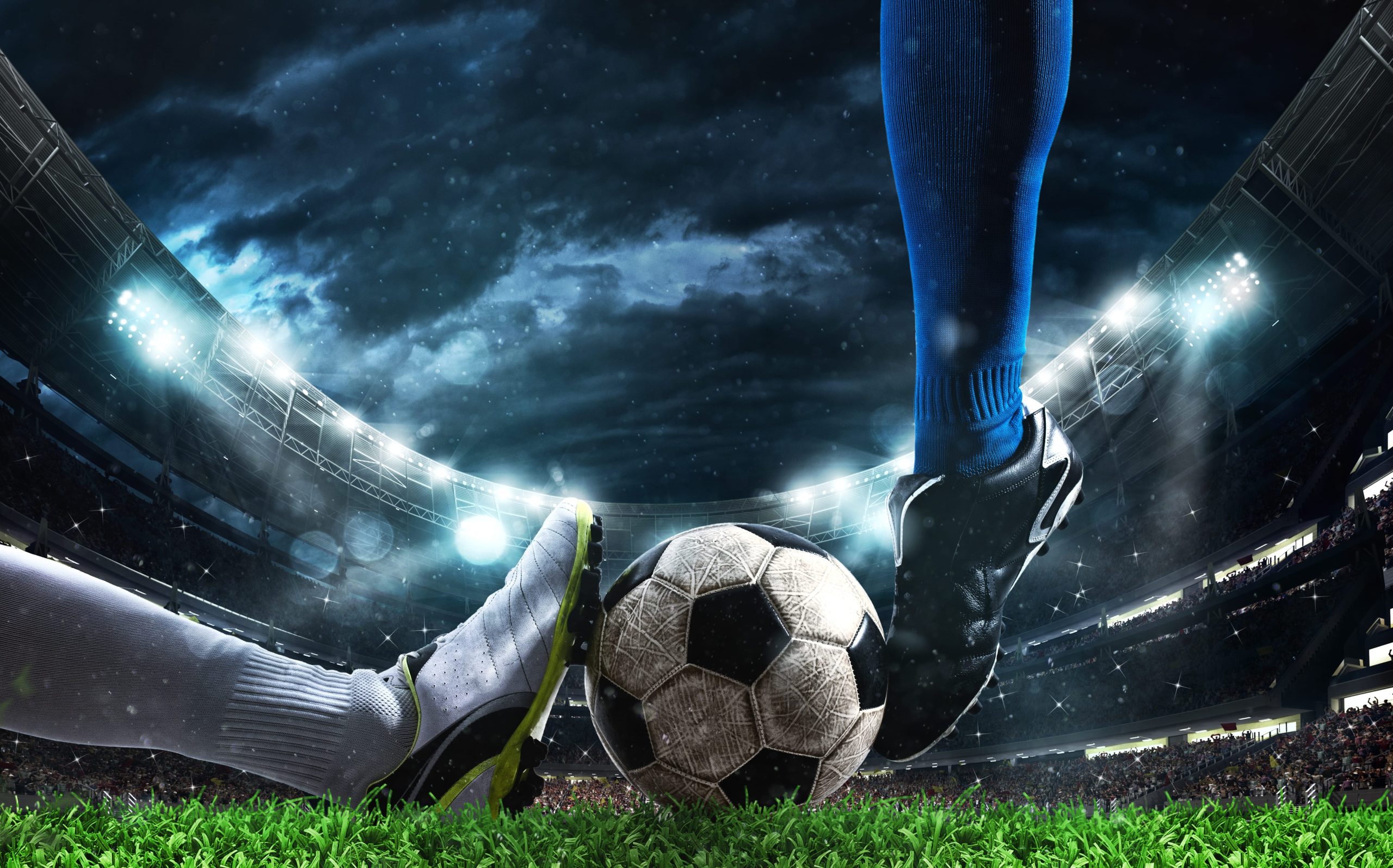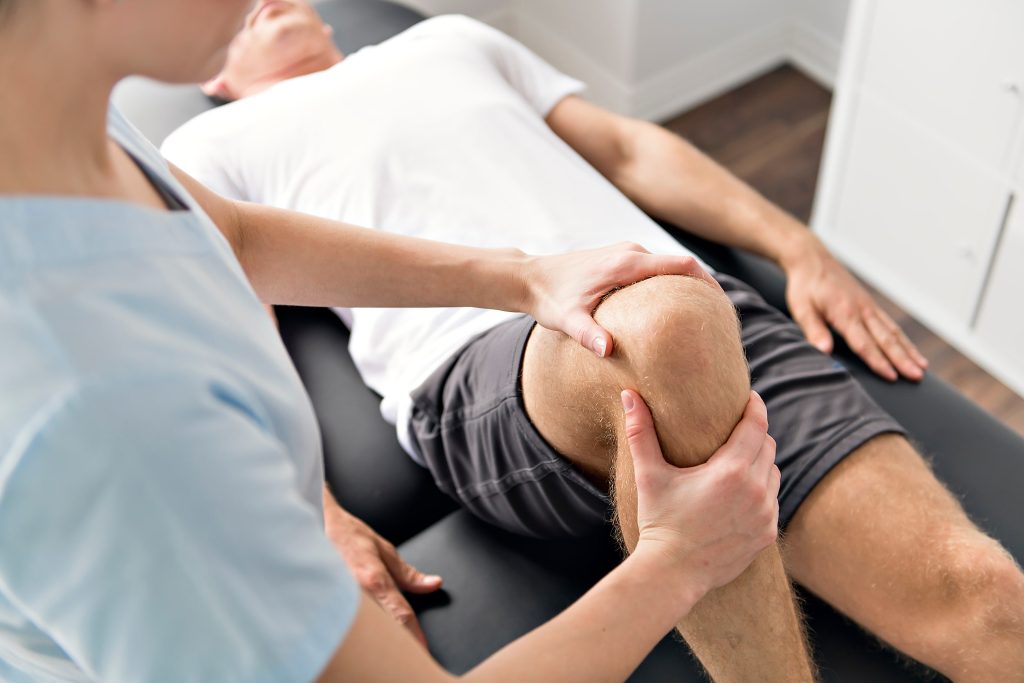Returning to Football
Recovering from sports-related injuries

Returning to football – recovering from sports-related injuries
Posted on Tue Jan 3, 2023
The recent World Cup in Qatar has brought attention to sports injuries. With many now inspired to get back on the field and play again, we take a look at the common injuries in football players, at all levels.
We spoke with our Clinical Director, Dr Na’eem Ahmed about the most common knee ligament injury in professional football. As a Consultant Radiologist, Dr Ahmed gives us his expert knowledge on Medial Collateral Ligament (MCL) injury.
What could cause a MCL in football players?
MCL in football players often happens when the knee is hit directly on its outer side. This can often happen during a football tackle. This may also happen as a result of quick turns, or when a player forcefully shifts direction after putting their foot down.
How often does MCL injury occur amongst football players, and what is the average age for a person to have such an injury?
MCL accounts for 40% of knee ligament injuries. Low-grade injuries can often be missed so frequency is likely higher than reported. The injury often occurs in sportspeople and they are more likely to be seen among males than females.
MCL accounts for 8% of all athletic injuries and it can often be seen across sports such as football, skiing, rugby, American football and ice hockey. The typical person who experiences an MCL injury will be middle-aged.
Some MCL injuries could be left untreated. What future problems may a football player with a MCL face?
Not all MCL injuries would require heavy treatment such as an operation to reconstruct.
Depending on what grade your tear is, your referrer would then advise you on the best treatment to move forward.
Your MRI scan at Oryon will help guide treatment options alongside the skilled clinical assessment of your referrer. Typically, the reporting radiologist may grade the severity of MCL injury. You may see this grading in your report;
- Mild – 1st degree injury. Stretch injury or few MCL fibres torn (no significant loss of ligament integrity).
- Moderate – 2nd degree injury. Some MCL fibres remain intact, generating the firm endpoint.
- Severe – 3rd degree injury. Complete MCL tear.
The average recovery time in professional footballers can be close to three weeks. In amateur or recreational players, the average time for recovery will be closer to two months. This will vary amongst players and will be determined by discussion with your referrer.
If I proceed to surgery, what are the possible complications for players after surgery?
Knee stiffness and residual instability are the most common complications associated with MCL reconstruction. The other possible complications include:
- Numbness
- Infection
- Blood clots (deep vein thrombosis)
- Nerve and blood vessel damage
- Complications with the repair/reconstruction
What common mistakes do players make during recovery that lead to other injuries?
There are many mistakes that a player may make during the recovery process. Some of the more common ones are:
- Not being consistent with physiotherapy
- Stopping all training for a brief while
- Increase training intensity as pay is decreasing
- Skipping warm-ups
- Lifting too much weight
- Not resting muscle groups enough
- Not hydrating well enough
- Not watching your posture
How many football players have made a full recovery from a MCL injury?
A full recovery following MCL injuries is achievable. Rehabilitation programmes, in conjunction with your referrer, will help you on your way to recovery.
What can high-level football players do to prevent other injuries relating to MCL after treatment?
There are a number of basic steps we all can take to keep active and aid rehabilitation. Steps to think about during recovery include keeping active, strengthening muscle, ensuring a balanced diet and sticking to the agreed rehabilitation programme to achieve your set goals.
How long does the diagnostic process for MCL usually take with private health care?
With Oryon, a diagnostic scan be done the same day, and your reports can be ready within one working day.
Book your scan today and start your recovery now!
Hear more on Dr Ahmed’s thoughts on how to use MRI to help diagnose your patients in our upcoming webinar: Using MRI as a Diagnostic Tool.
Share this article
Most Recent
Posted on Thu Jul 3, 2025
How Long Does A Shoulder MRI Take?
Posted on Thu Jul 3, 2025
Posted on Tue Jul 1, 2025
Stay up to date
If you’re interested in keeping up with what we’re doing, just leave your email address here and we’ll send you periodic newsletters and other updates.







